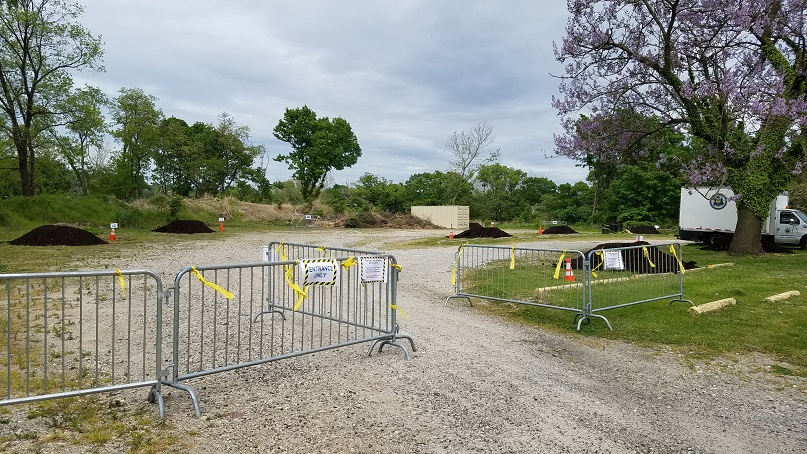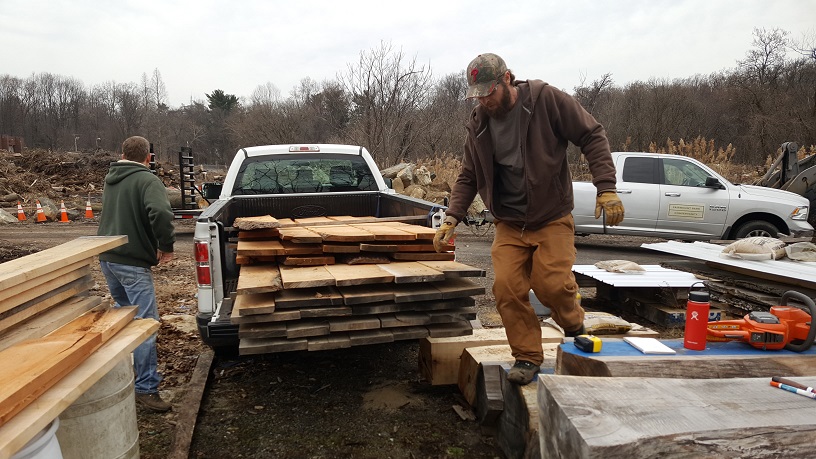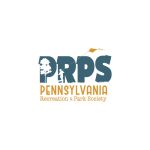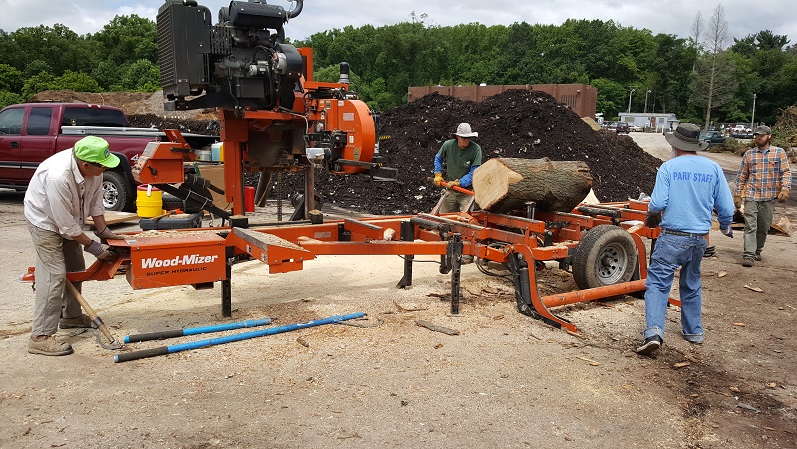Zero Waste as a Priority for Parks & Recreation
Helping communities grow through sustainability initiatives
By Daniel Lawson, Sustainability & Quality Control Manager for Philadelphia Parks & Recreation
When the pandemic caused disruptions to programs and services, Philadelphia Parks & Recreation (PPR) found a way to keep one of them afloat. Over seven weeks PPR donated 61 tons of compost and 30 tons of mulch to citizens and urban agriculture projects. This is exactly the type of action a parks and recreation system should be prioritizing.

Supporting the community in its time of need is in the DNA of park and recreation systems, including PPR. Throughout the 20th century, recreation centers provided the first safe structured youth engagement, fed out-of-work adults during the Great Depression, and collected recycled materials to support the war effort during WWII. Almost a century later the Department is still providing those safe spaces, feeding the city and leading a charge in reducing waste. And that last action can be more than maintenance. It can be mission.
Currently, PPR is
- revamping recycling collections at all 156 recreation centers
- teaming-up with non-profits to donate uneaten meals from afterschool and camps
- generating over 5,000 tons of mulch and compost a year at its Organic Recycling Center
- exploring urban wood use to include lumber and live slab production
- managing city-wide annual races and celebrations as zero waste events
- activating the inaugural 12 hyper-local Community Compost Network sites
- launching a partnership with a local food composter to operate on park land in exchange for food scrap collections from every city recreation center
These zero waste innovations belong with a parks and recreation department. Beyond accessible places of leisure, public parks are a place where a wide audience can be exposed to something new. One of PPR’s stoic mottos is We Help People Grow, and those four simple words say a lot. The Department
- Helps children exercise and socialize to Grow their bodies and minds
- Helps adults Grow relationships and community through social groups and civic engagement
- Help People Grow their environment and their food through programs like FarmPhilly, TreePhilly, Plants Make Positive Places, and the network of over 125 neighborhood park friends groups
But through advances in infrastructure and practice the Department can Help People Grow as a whole. Consider the example set at a rec center that feeds children every day offering a way to compost or donate food. Consider the impact of 30,000 people running in a Marathon that achieves 90% waste diversion. Consider the message given when residents can build something out of wood salvaged right from their local urban forest by their parks department.

A parks and recreation department can provide more than a physical green space. It can provide a social and mental green space that influences its users, young and old, to value that space. To value the natural resources in their backyard, and the planet they inhabit. Every day a neighbor walks their dog through a park, or a student sits down in an afterschool program, the space can be an example of what their community and world can look like.


